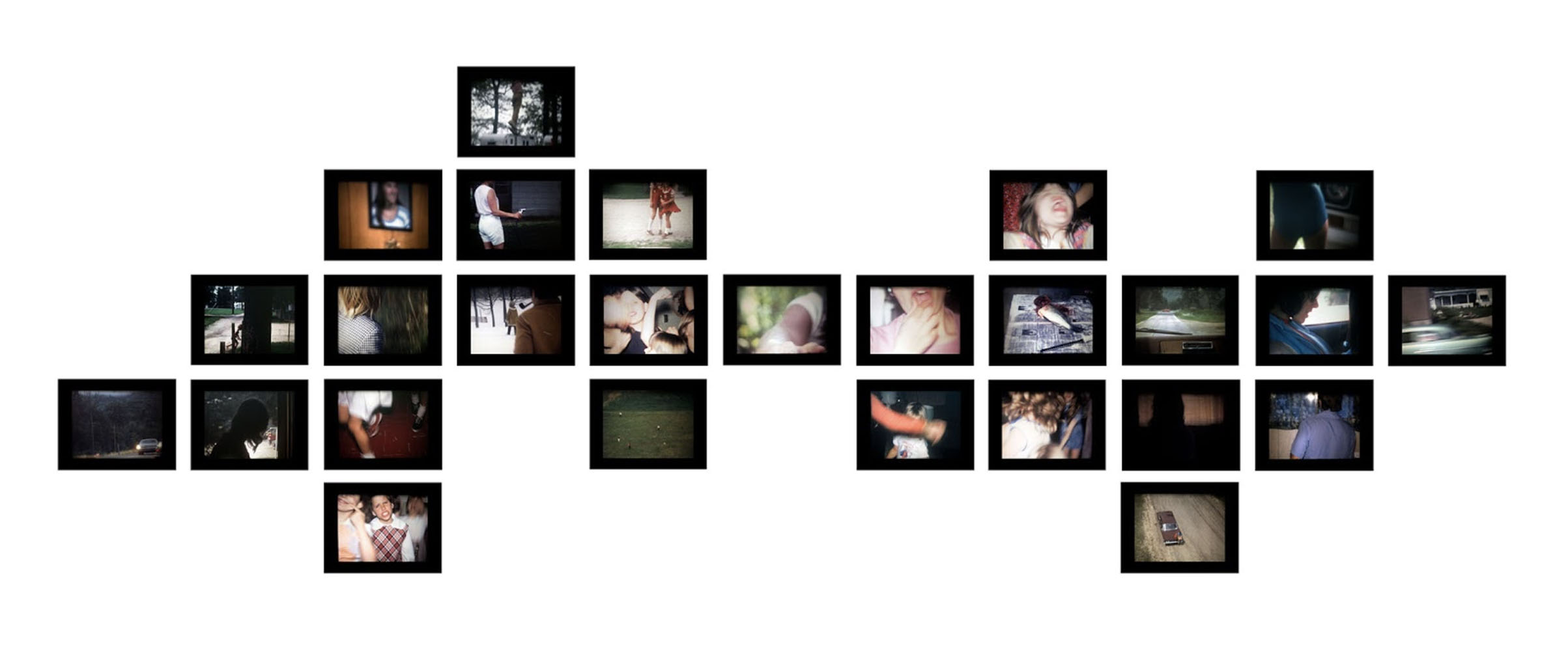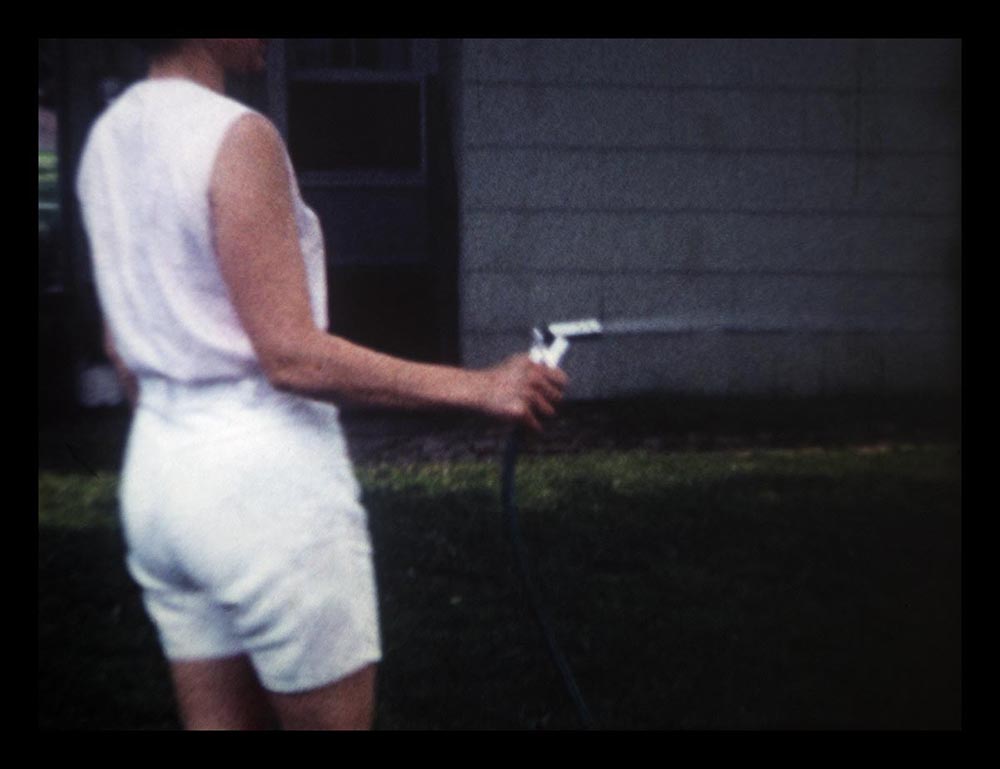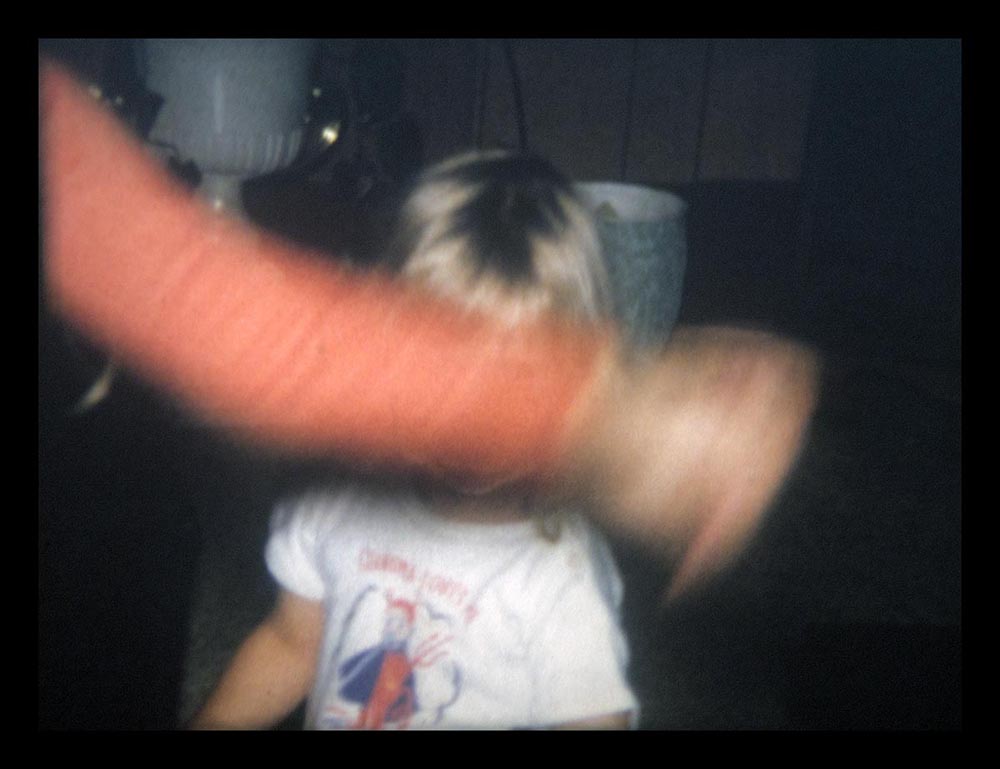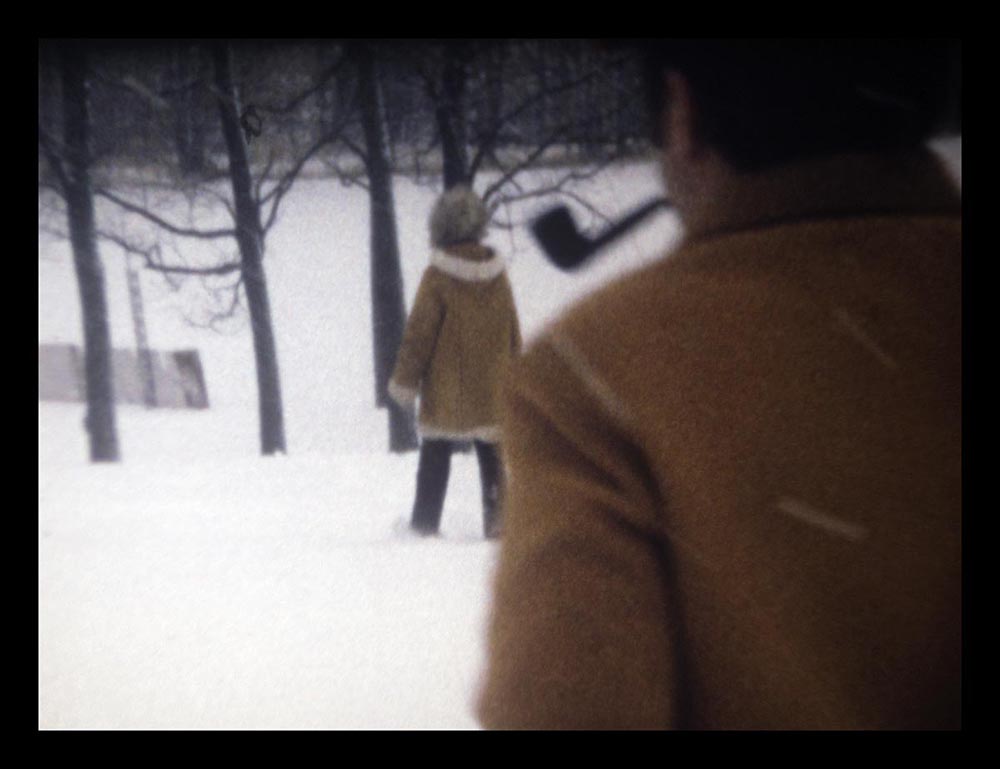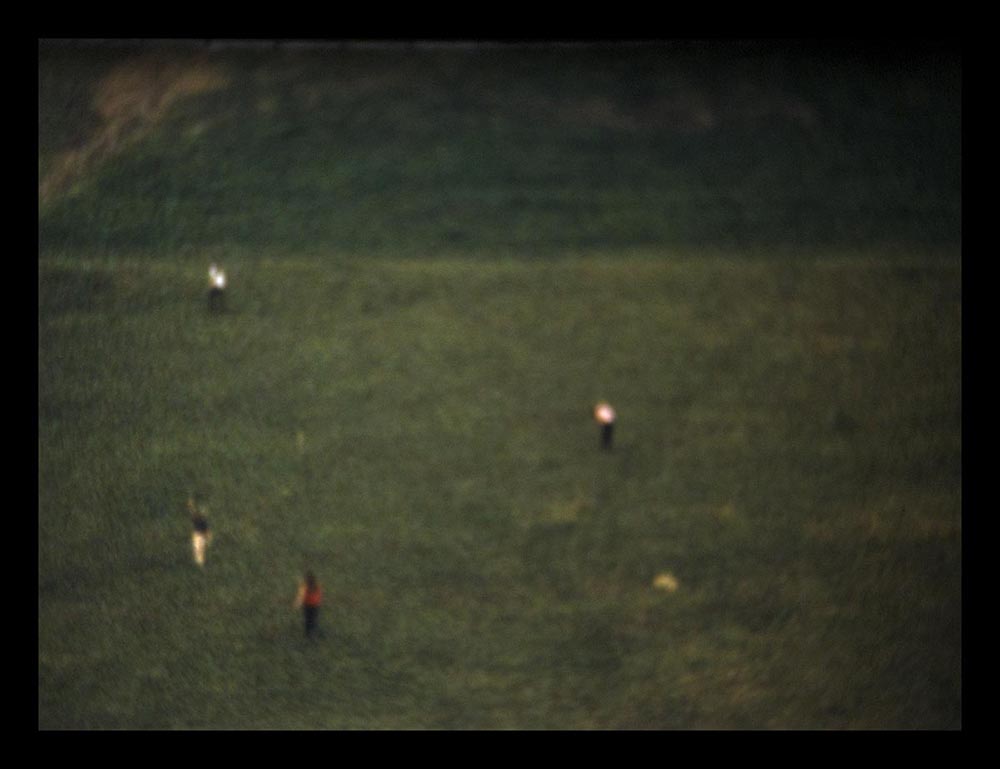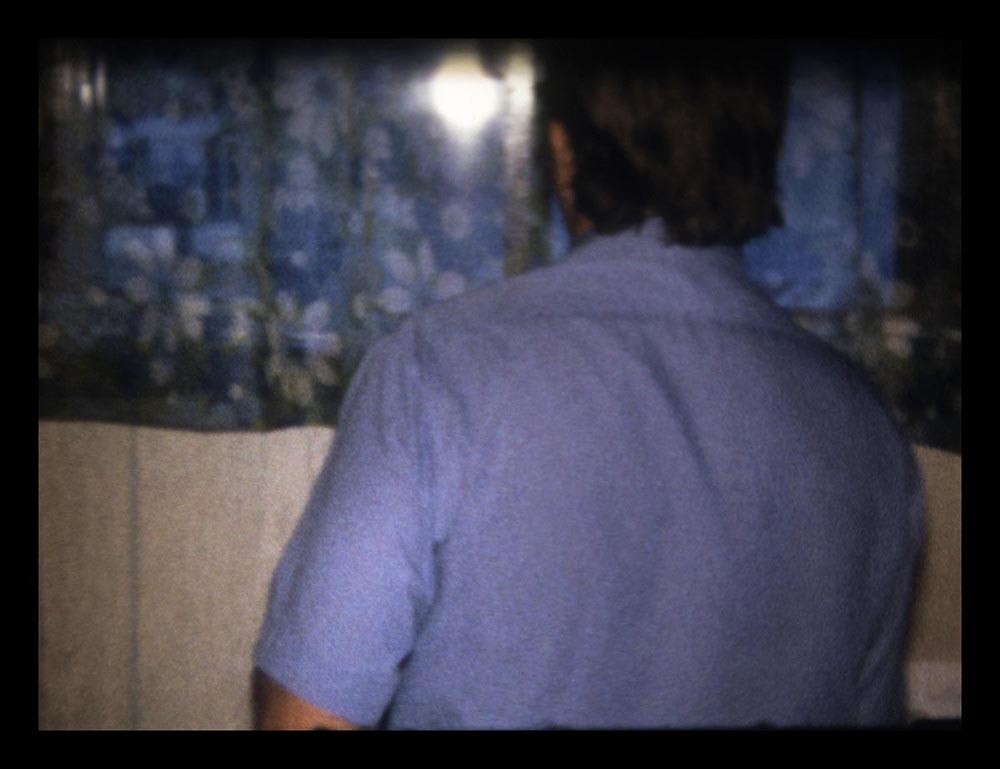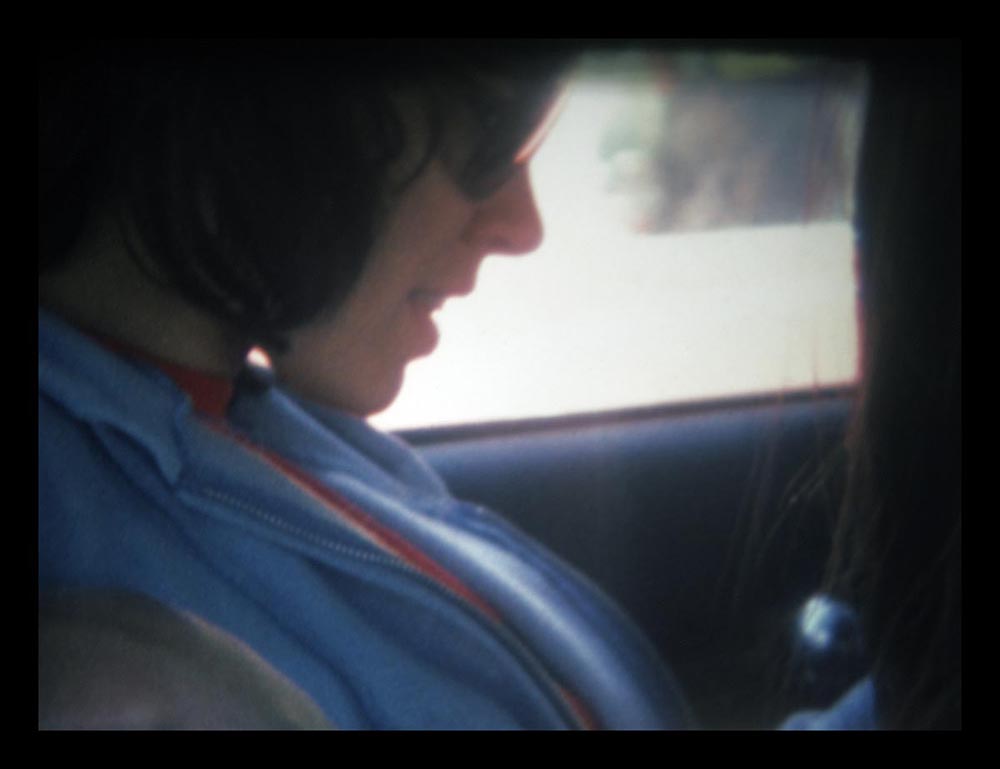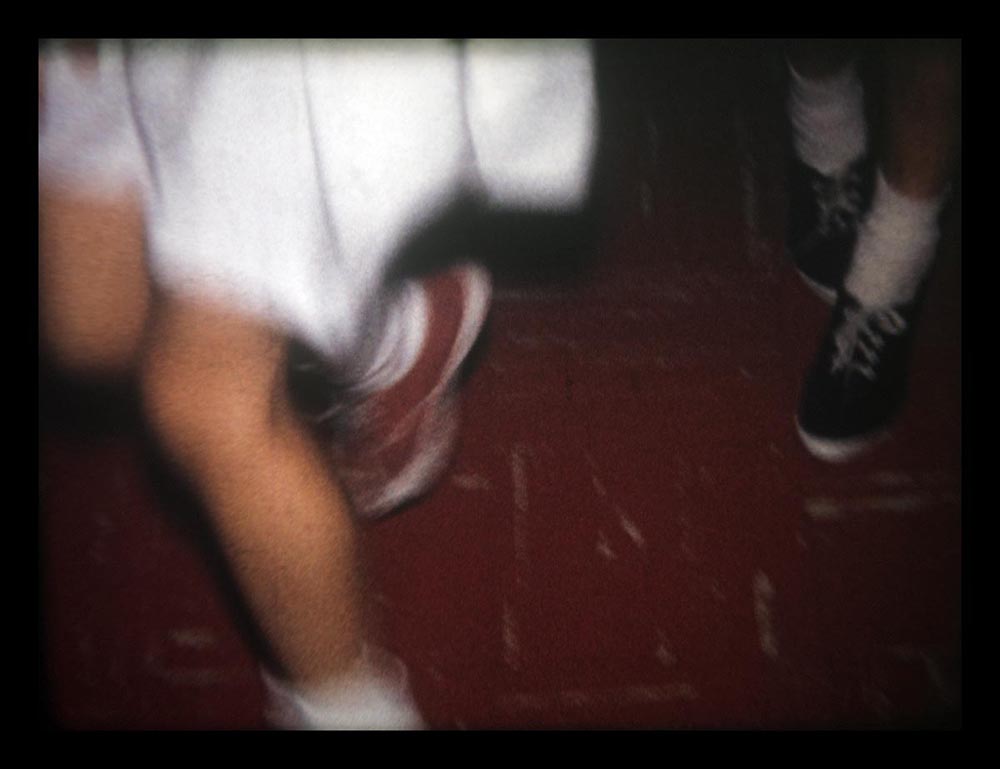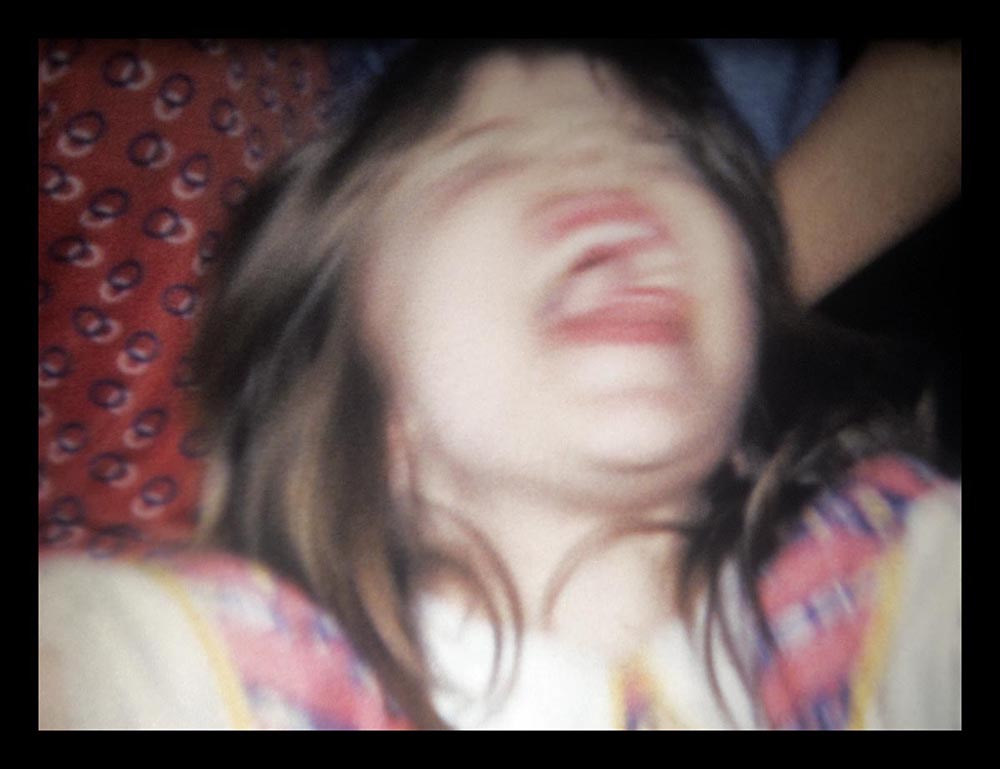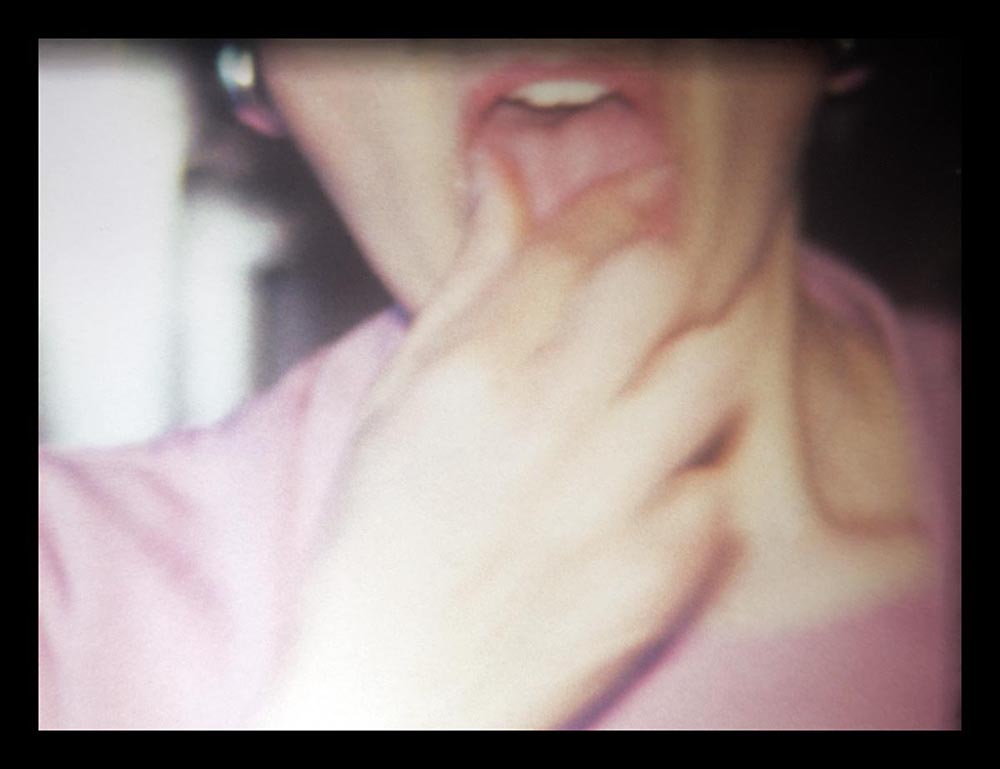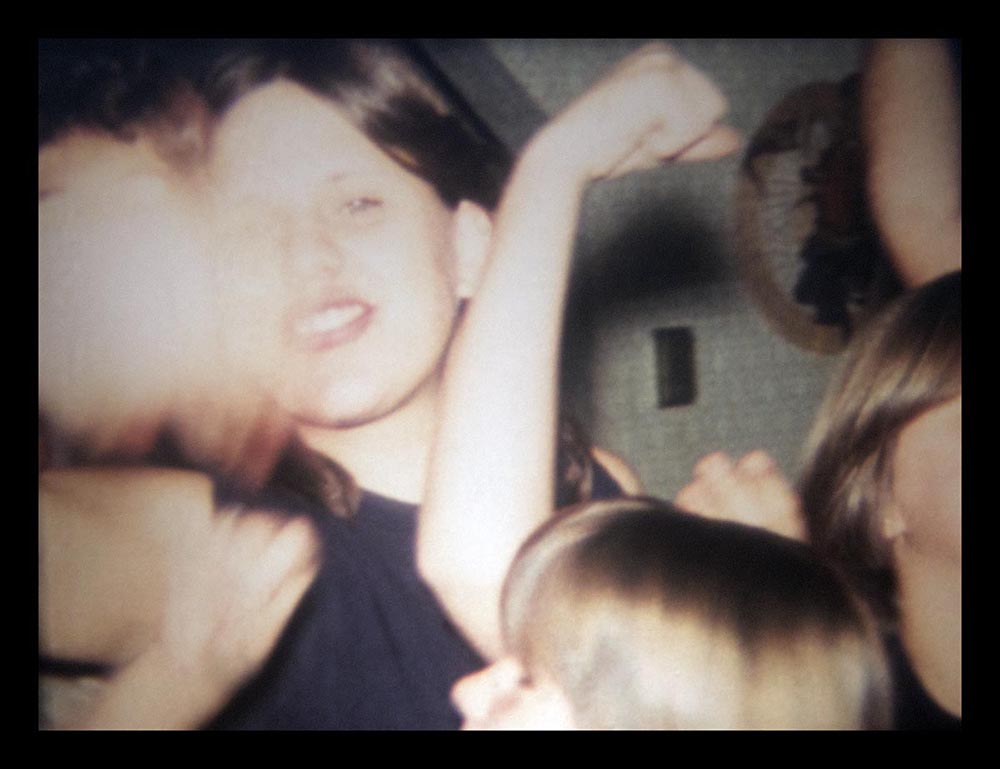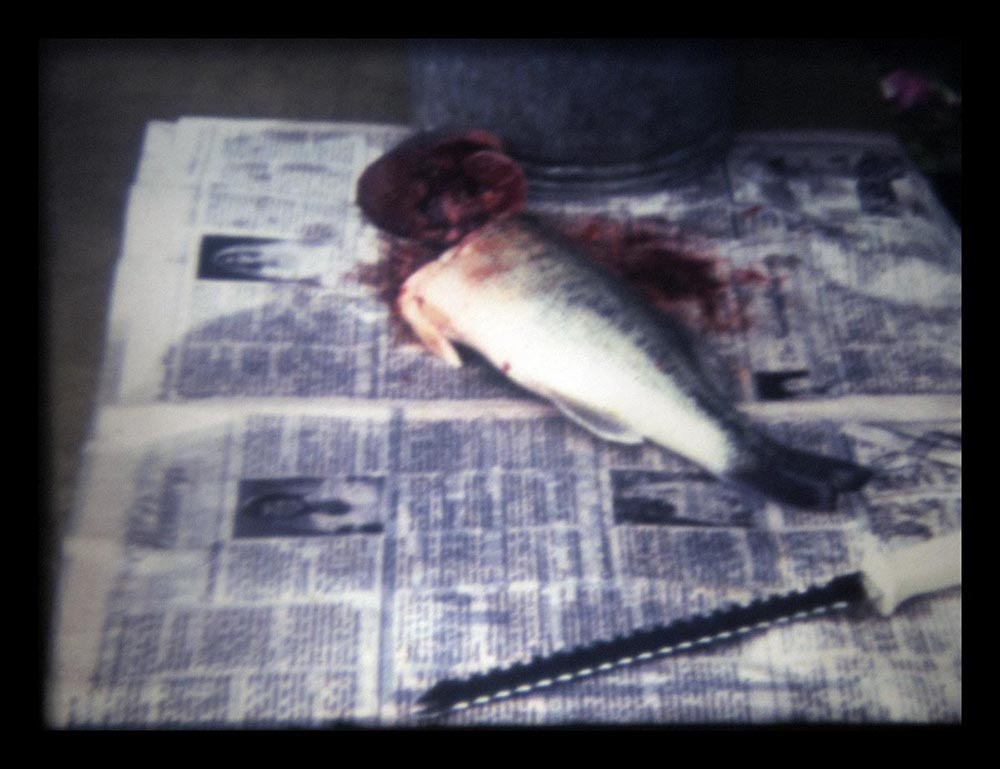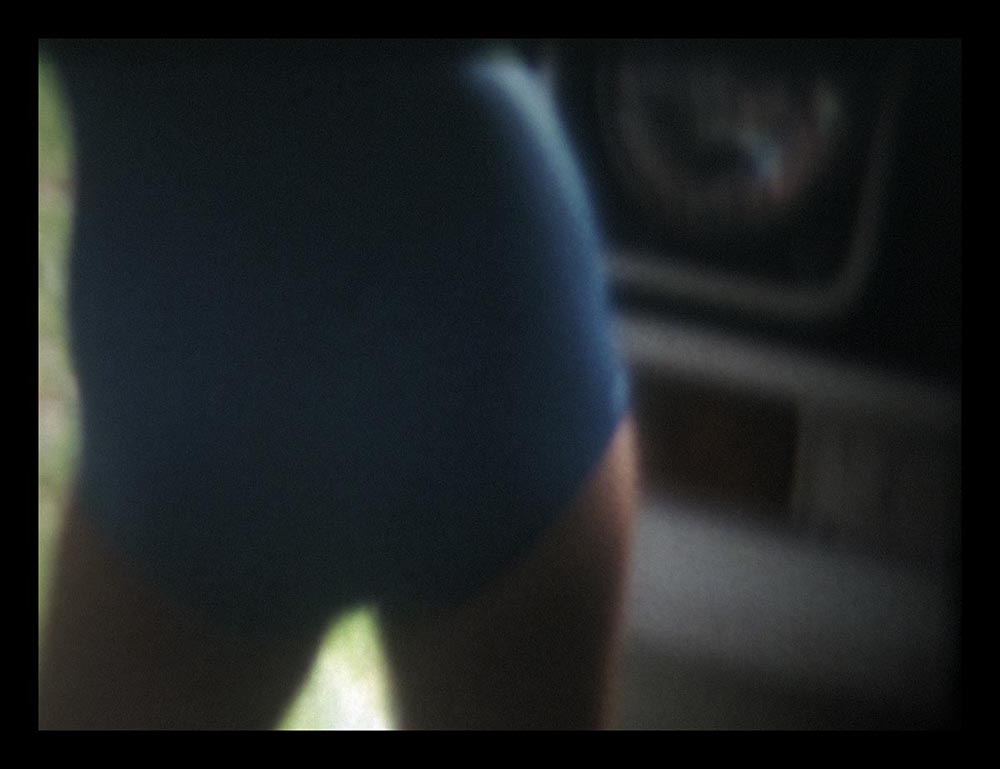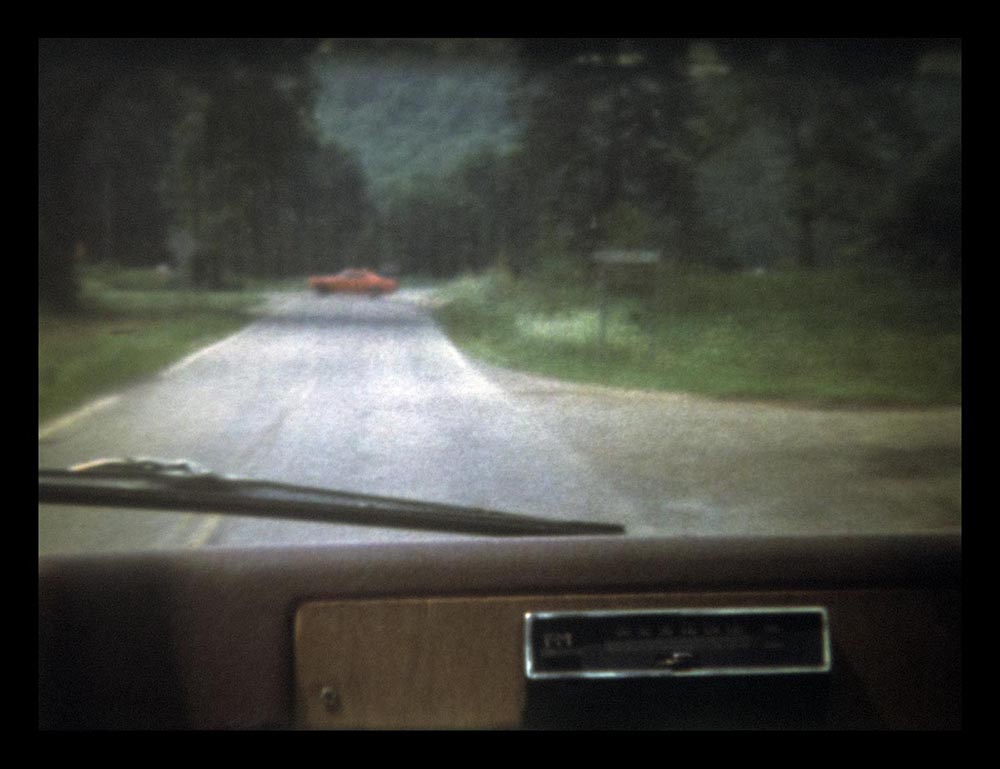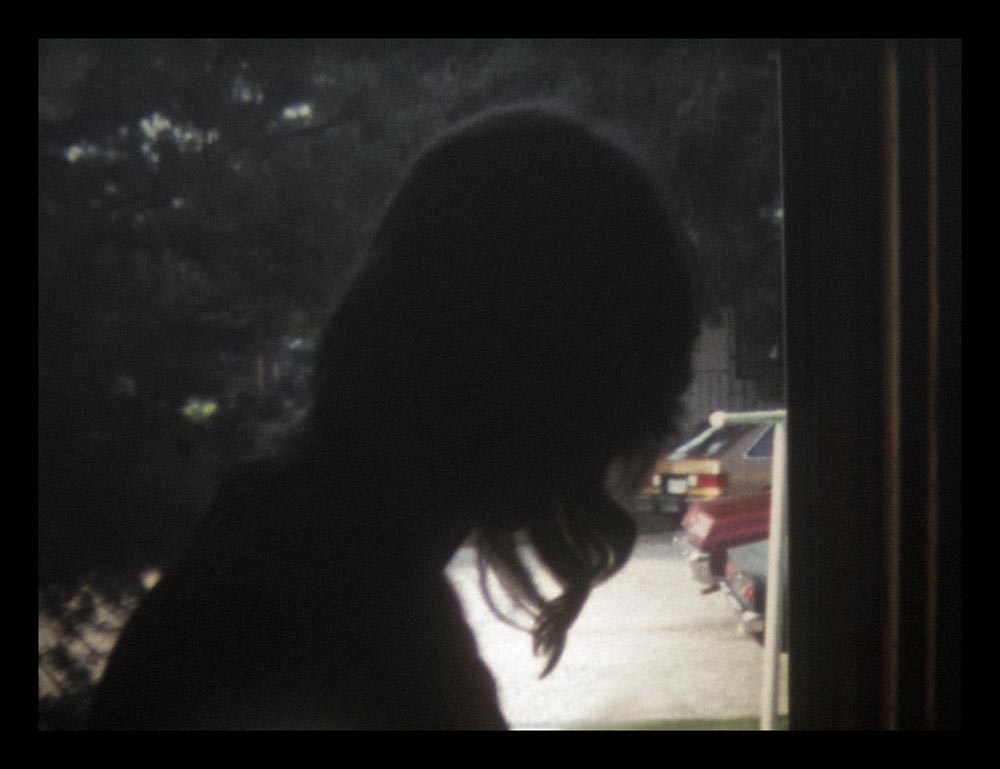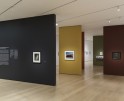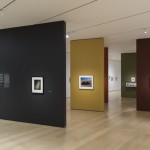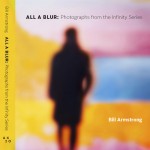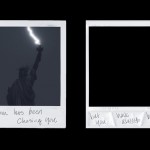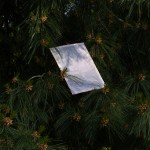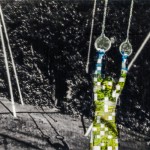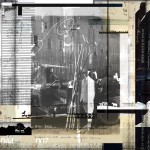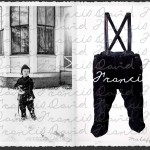Kaitlyn Jo Smith: Super8 (1967-87, 2017), 2017
This week, we will be exploring projects inspired by intimacy and memory. Today, we’ll be looking at Kaitlyn Jo Smith’s series Super8 (1967-87, 2017), 2017.
I first came across Kaityln Jo Smith’s work through the Rural Midwest Artists Cooperative. In my prime of finding artists on Instagram during the pandemic, Kaitlyn Jo’s work stuck with me. On the whole of her practice, she balances labor and religion with more subtle experiences of the rural and family memory. Her work investigates the purpose of image-making, the way we use photography to document and tell stories, while playing with interdisciplinary explorations of artificial intelligence and film. Super8 is personal to Kaitlyn Jo, using film shot by her grandfather over twenty years. The series poses questions about how the world makes sense of the personal artifacts and memories that remain after we are gone.
Kaitlyn Jo Smith’s interdisciplinary studio research considers the implications of automation on labor and religion in relation to America’s working class. Through the implementation of automated technologies and machine learning, her work questions the authority of algorithms while promoting a dialogue around future applications of artificial intelligence.
Inspired by a rural upbringing, Smith’s practice explores the overlap between catholicism and manufacturing. In American Standard, she renders visible the intangible realities of unemployment, using automated technologies that are directly linked to the loss of over four million US manufacturing jobs since 2000. Like American Standard, Confessional Kiosk employs machine learning. In this installation, an AI priest offers penances to examine religion as a social domain in which automated decision-making becomes morally questionable.
Smith’s work has been shown nationally and internationally. She is the 2023 recipient of the Alice C. Cole ’42 Fellowship in Studio Art, was longlisted for the 2021 Lumen Prize in Art and Technology (London) and received the College Art Association’s Services to Artists Committee Award for her video Lights Out. Smith has been featured in PDNedu, Art IDEAL, and Al-Tiba9 Magazine (Barcelona). She has presented her work at FEMeeting: Women in Art, Science & Technology (Évora), Technarte International Conference on Art and Technology (Barcelona, virtual), and Homecoming, Society for Photographic Education Annual National Conference (Denver).
Follow Kaitlyn Jo on Instagram at: @kaitlynjosmith
Super8 (1967-87, 2017), 2017
In 2017, I received the Super8 film shot by my grandfather between 1967 and 1987. He passed away in 2011, and in 2019 my grandmother was diagnosed with dementia. These reels now function as a record of twenty years of health and prosperity. Of six leading characters: one is gone and one has forgotten. Their four daughters remain to reminisce on contradictory accounts of shared events.
At first I watched these home movies in awe, but soon my eyes wandered from subject to periphery. What laid on the edge of each frame seemed to hold more truth. The act of rephotographing these in-between moments has created an alternate family history that is unrecognizable to those it depicts. Like dementia, Super8 (1967-87, 2017) strips, obscures and reorders the narrative. By questioning the need to record and recall, these stills remind viewers that our memories are fluid and unreliable. It is in the act of recording to remember that we grant ourselves permission to forget.
Epiphany Knedler: How did your project come about?
Kaitlyn Jo Smith: My maternal grandfather passed away when I was sixteen. Six years later, just before moving across the country to attend graduate school, my grandmother’s memory began to decline. My mother and her three sisters started going through my grandparent’s basement, preparing for the eventuality of having to sell their home. My aunts came across my grandfather’s old Super8 projector and twenty years worth of memories. Having transferred the reels to VHS and then DVD years prior, they were left with boxes full of an antiquated medium. My mother called asking if I wanted them. I agreed and hauled the projector, screen and reels two thousand miles west to Arizona.
My transition from Ohio to the Sonoran Desert was rocky at best. Adjusting to a new climate, new people and a new academic program left me feeling overwhelmed and uninspired. The things I wanted to photograph at that time were not present in my current location. Feeling homesick, I plugged in my grandfather’s old projector– immediately blowing what would turn out to be a $150 lightbulb.
I spent my first semester of grad school sitting in the dark of my studio watching my mother and her sisters grow up– meeting characters I hadn’t known and knowing those I had in entirely new ways. The incessant clicking of that projector became a comfort to me, connecting me to a place and time beyond my reach. Eventually I began rephotographing the stills– focusing in on the frames that lay in between life’s big moments. These images eventually became Super8 (1967-87, 2017).
EK: What relationship does memory or intimacy play within your practice, and does photography become a way to navigate these complex topics?
KJS: The work took on new meaning as my grandmother’s dementia took deeper hold of her mind. Memories began to blur, and I began to question the accuracy of memory at all. There are six main characters in this series, my grandfather (most often behind the camera), my grandmother, my mother and her three sisters. Some recognize the scenes they appear in, others do not. Some claim they never wore that shirt or had that hair or made that face. Yet here they are, captured on film for posterity, contradictions of their own memories fifty plus years later.
Photography as a document interests me. We can’t argue that these moments in time happened (though we can argue the surrounding circumstances). Photographs allow us to forget by promising us they will remember. I see this series as my grandfather’s memories, the way he saw his wife and his daughters. He is the videographer, he chose his compositions and focused in on the moments he felt were important. Here, I am a curator of his memories and point of view, selecting pieces from a larger puzzle in an attempt to better know a man I had lost in high school.
This work (and much of photography) is made by onlookers, these memories are shaped not by the subjects but by those behind the camera. A photograph is a document that can’t be argued, but is also only a partial, biased, truth. How have years of watching these homemovies (and now looking at these stills) affected the way my mother and aunts view their own personal histories? How would the images differ if it was one of them behind the lens?
EK: Is there a specific image that is your favorite or particularly meaningful to this series?
KJS: This is such a hard question for me to answer, because I watched the entirety of these films. I know what happens before and after (albeit from the singular perspective of my grandfather) each selected frame. This is also difficult because the subjects are my family (who I love). Some days my favorite is the profile of my grandmother, unaware, in the backseat of a car. She seems so young, carefree and alive. Other times I am struck by the red and blue sneakers dancing (running?) on red linoleum. There is a passion and intensity that makes me contemplate the fleeting nature of childhood– of life. From an outsider’s perspective there is a dark irony surrounding the decapitated fish splayed out in its own blood on top of the obituary section of that week’s newspaper. Aesthetically I like the four dots of color atop the grassy hill.
EK: Can you tell us about your artistic practice?
KJS: I make work for and about blue collar, working class, Americans. Sometimes this work is quite intimate, other times this work focuses on the larger issues facing Middle America such as the implications of automation on labor and religion. While I began my career as a photographer, I have since branched out to explore different modes of imaging in a more abstract way. More recent projects question the authority of algorithms while promoting a dialogue around future applications of artificial intelligence.
EK: What’s next for you?
KJS: I am the 2023/24 recipient of the Alice C. Cole ’42 Fellowship awarded by the Wellesley College Art Department. The Cole Fellowship, “is awarded to an outstanding early-career painter or sculptor, providing funds to support one year of unimpeded time and space to experiment, develop a body of work, and focus on
future artistic goals.” In conjunction with the award, I will be having a solo exhibition at Wellesley this coming fall. While I want to keep the larger ideas of that work underwraps, I will say that I am focusing on the ways that automation is changing the landscape of the American highway.
Epiphany Knedler is an interdisciplinary artist + educator exploring the ways we engage with history. She graduated from the University of South Dakota with a BFA in Studio Art and a BA in Political Science and completed her MFA in Studio Art at East Carolina University. She is based in Aberdeen, South Dakota, serving as a Lecturer of Art and the co-curator for the art collective Midwest Nice Art. Her work has been exhibited in the New York Times, Vermont Center for Photography, Lenscratch, Dek Unu Arts, and awarded through the Lucie Foundation, F-Stop Magazine, and Photolucida Critical Mass.
Follow Epiphany Knedler on Instagram: @epiphanysk
Posts on Lenscratch may not be reproduced without the permission of the Lenscratch staff and the photographer.
Recommended
-
Time Travelers: Photographs from the Gayle Greenhill Collection at MOMADecember 28th, 2025
-
Photography Educator: Juan OrrantiaDecember 19th, 2025
-
Bill Armstrong: All A Blur: Photographs from the Infinity SeriesNovember 17th, 2025
-
Rebecca Sexton Larson: The PorchApril 28th, 2025
-
Matthew Cronin: DwellingApril 9th, 2025

